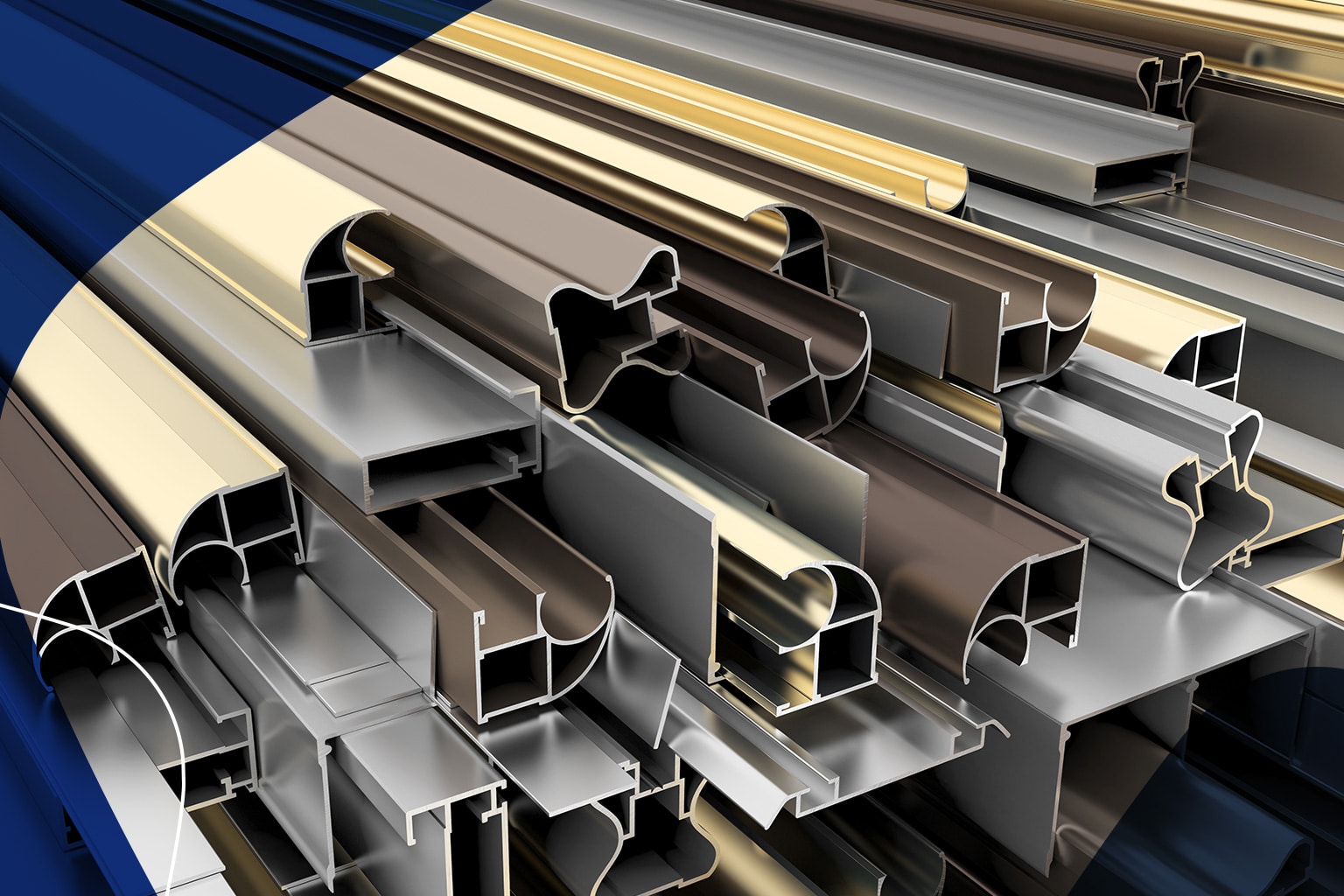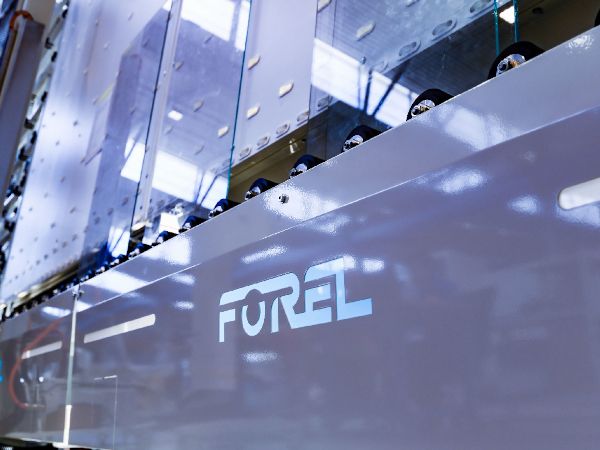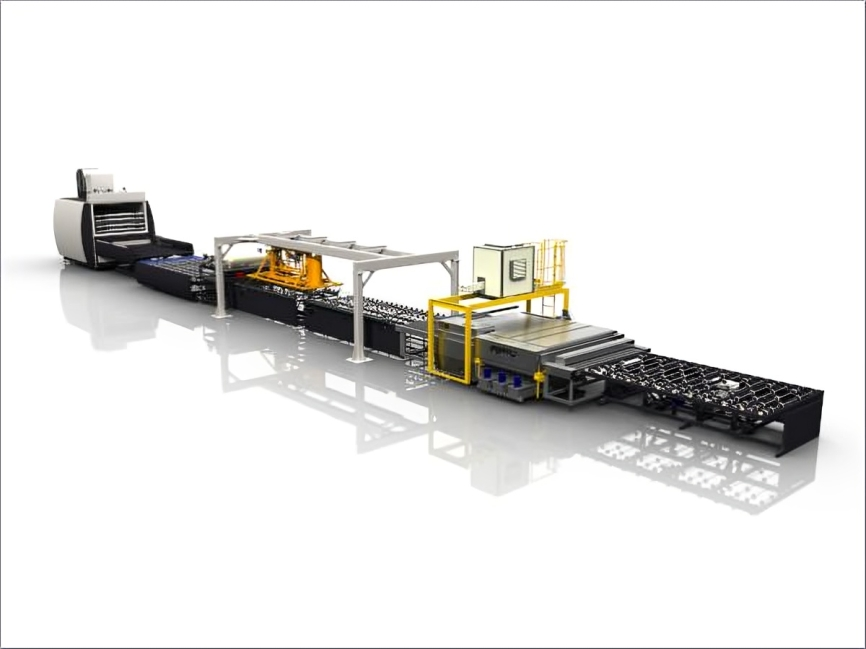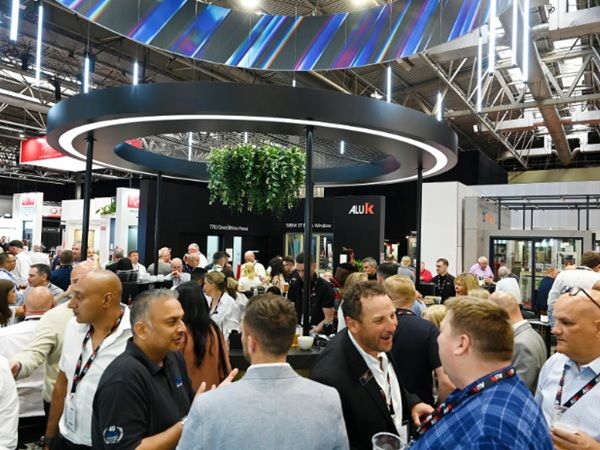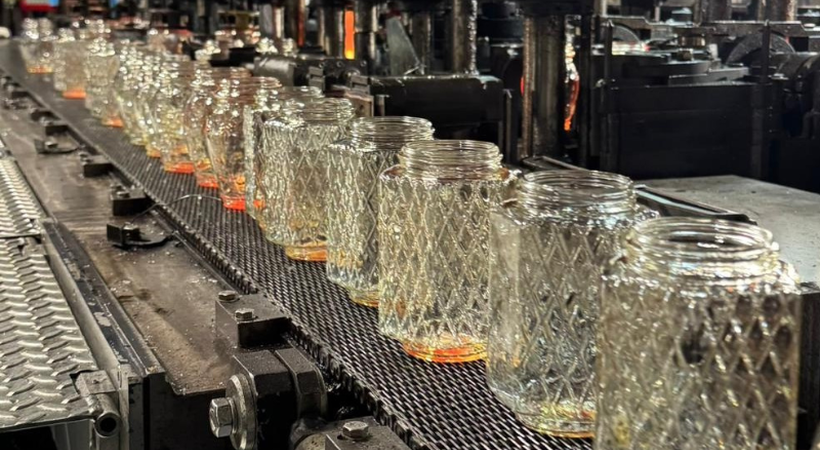Aluminium remains a foundational material in aerospace engineering, primarily due to its exceptional strength-to-weight ratio and corrosion resistance. Modern aircraft use aluminium alloys extensively in both structural and non-structural components.
The 7075-T6 alloy, developed by Alcoa, is one of the strongest aluminium alloys used in aviation. It’s commonly found in wing spars, fuselage frames, and landing gear components. Another popular alloy, 2024-T3, offers excellent fatigue resistance and is used in fuselage skins and wing structures of commercial jets and military aircraft.
Airbus and Boeing rely heavily on aluminium for their airframes. For instance, the Boeing 737 is composed of over 80% aluminium by weight. Newer planes like the Boeing 787 Dreamliner and Airbus A350 incorporate more carbon fiber, but aluminium still plays a major role in floor beams, seat tracks, and engine components.
In space applications, 6061 and 7050 alloys are used in satellite structures and fuel tanks due to their weldability and toughness. Companies like Kaiser Aluminum and Constellium are key suppliers of aerospace-grade aluminium products.
Aluminium’s light weight, strength, and recyclability make it irreplaceable, even in a future increasingly influenced by composite materials.
Source: Glass Balkan
